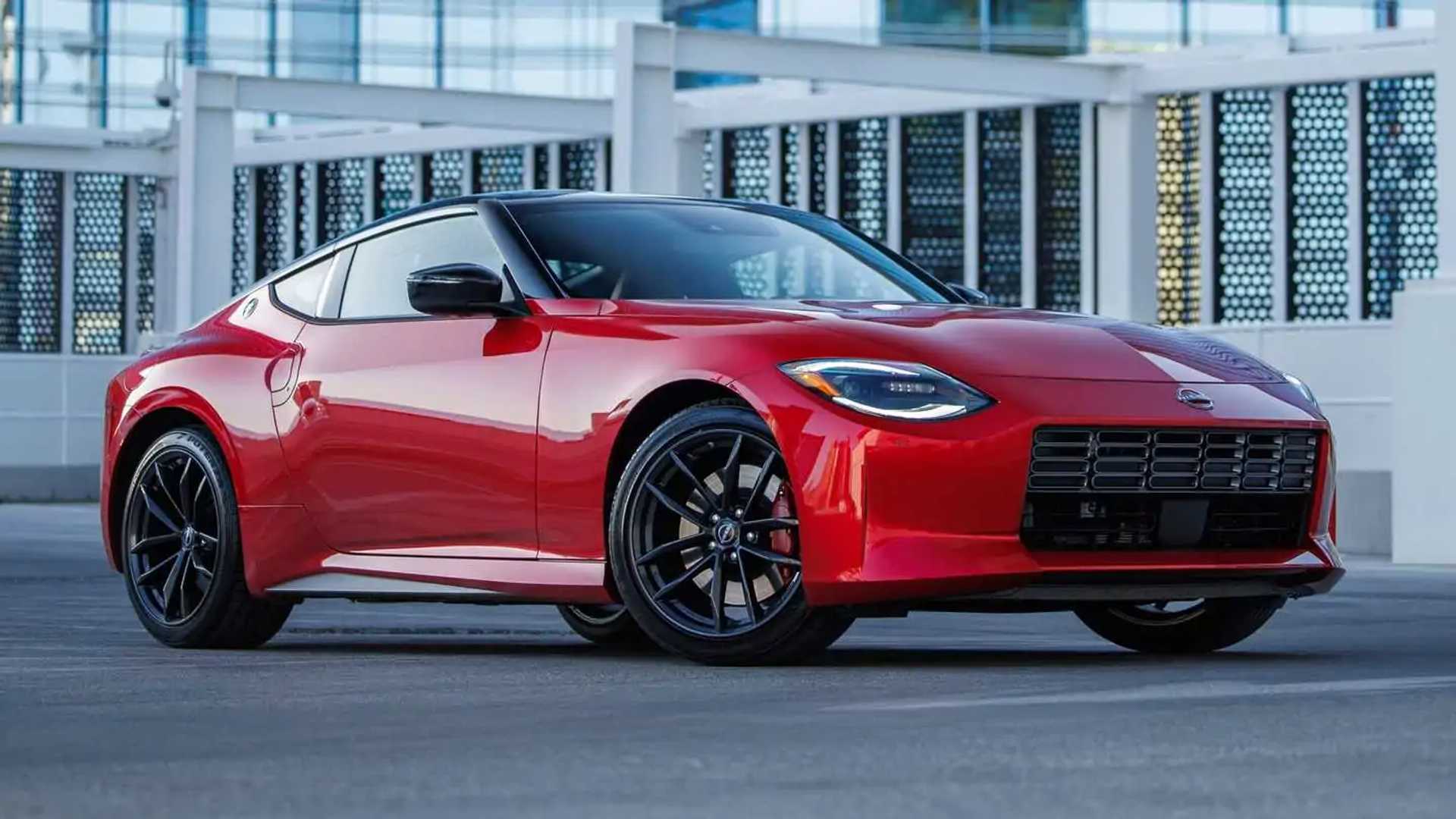How Much Is A Nissan Z

Let's talk about the Nissan Z, specifically, how much it actually costs. Forget the sticker price for a minute – we're diving into the real cost, considering trim levels, options, and the inevitable modifications most Z enthusiasts have in mind. Think of this as a deep dive, like when you're tracing wires in a wiring diagram. It's not just about the initial purchase; it's about the long-term investment.
Key Specs and Main Parts Influencing Price
The foundation of the current generation Z (RZ34) centers around a potent 3.0-liter twin-turbocharged V6 engine, internally known as the VR30DDTT. This engine is the heart of the car and significantly impacts its price. Let's break down the key specs and parts that influence the Z's cost:
Engine (VR30DDTT)
- Displacement: 3.0L (2997cc)
- Configuration: V6, Twin-Turbocharged
- Horsepower: 400 hp (Base & Performance models)
- Torque: 350 lb-ft
- Key Components:
- Cylinder heads (aluminum alloy)
- Direct injection system (GDI - Gasoline Direct Injection)
- Twin turbochargers with electronic wastegates
- Intercoolers (air-to-air)
The sophisticated engine management system (ECU - Engine Control Unit) is critical for optimizing performance and emissions, and its complexity adds to the cost. Consider the engine's complexity – the twin-turbo setup requires precise engineering and manufacturing, influencing the overall price.
Transmission
- Options:
- 6-speed manual transmission (with Exedy high-performance clutch)
- 9-speed automatic transmission (with paddle shifters)
- Impact on Price: The automatic transmission is generally more expensive than the manual.
Suspension and Brakes
- Front Suspension: Double wishbone
- Rear Suspension: Multi-link
- Brakes:
- Standard: 12.6-inch front rotors, 12.1-inch rear rotors
- Performance Trim: Larger rotors with Akebono calipers (4-piston front, 2-piston rear)
- Impact on Price: Upgraded brakes and suspension components in higher trim levels (like the Performance trim) directly increase the vehicle's cost.
Interior and Technology
- Infotainment System: 8-inch touchscreen (base), 9-inch touchscreen (Performance)
- Instrumentation: 12.3-inch digital gauge cluster
- Materials: Leather seats (available), premium trim pieces
- Impact on Price: More advanced technology features and higher-quality interior materials contribute to a higher price point.
Trim Levels and Packages
Nissan offers the Z in various trim levels, each with a different set of features and, consequently, a different price. Expect to see models like:
- Z Base
- Z Performance
- Z Proto Spec. (Limited Availability)
Each trim adds specific packages and features, influencing the total cost. Proto Spec adds unique aesthetic features that increase costs.
How It Works: The Price Breakdown
The manufacturer's suggested retail price (MSRP) is just the starting point. Several factors contribute to the final price you'll pay for a new or used Nissan Z. These include:
- Base MSRP: The manufacturer's suggested retail price for the base model.
- Trim Level: Each trim level adds features and options, increasing the price.
- Optional Packages: Additional packages, like a navigation package or premium audio system, further increase the price.
- Dealer Add-ons: Dealerships may add features like paint protection, extended warranties, or security systems, which add to the final price.
- Taxes and Fees: Sales tax, registration fees, and other government fees.
- Market Conditions: Supply and demand can significantly impact prices, especially for popular models or limited-edition versions.
Understanding these factors will help you negotiate a better price and make an informed decision. Don't be afraid to shop around and compare prices from different dealerships.
Real-World Use: Basic Troubleshooting Tips When Budgeting
Owning a sports car like the Z often leads to modifications. Here are some troubleshooting tips related to budgeting for common modifications:
- Performance Upgrades: Turbo upgrades, ECU tuning, exhaust systems, and intake systems can significantly increase horsepower but also add to the cost. Research reputable brands and consider professional installation to avoid damaging the engine.
- Suspension Modifications: Lowering springs, coilovers, and aftermarket sway bars improve handling but require proper alignment. Budget for both the parts and the labor for installation and alignment.
- Aesthetic Upgrades: Body kits, wheels, and interior modifications can personalize your Z, but costs can quickly add up. Prioritize quality and fitment to avoid issues.
Before making any modifications, research compatibility and potential impact on the vehicle's warranty. Always prioritize safety and reliability over purely aesthetic upgrades.
Safety: Risky Components and Costly Repairs
Certain components of the Nissan Z, especially those related to the engine and drivetrain, are both risky to work on and potentially costly to repair. Here are a few examples:
- Turbochargers: The twin-turbo system is complex and sensitive to oil quality and boost pressure. Improper tuning or modifications can lead to turbocharger failure, which is a major repair.
- Fuel System (GDI): The high-pressure fuel system requires specialized tools and knowledge to service safely. Incorrect procedures can result in fuel leaks or damage to the fuel injectors.
- Automatic Transmission: While robust, the 9-speed automatic transmission is complex and requires specialized diagnostic equipment for troubleshooting. Improper servicing or incorrect fluid can lead to shifting problems and costly repairs.
- ECU Tuning: Modifying the ECU parameters can significantly improve performance, but improper tuning can damage the engine or void the warranty. Always use a reputable tuner and monitor engine parameters closely.
Always consult a qualified mechanic or technician for any repairs or modifications that you are not comfortable performing yourself. It's better to pay for professional service than to risk damaging expensive components.
While we don't have specific wiring diagrams embedded here, the process of understanding the cost implications is similar to tracing a complex electrical circuit. Each component and system adds to the overall price. Understanding the specs and potential pitfalls allows you to make informed decisions and manage your budget effectively.
